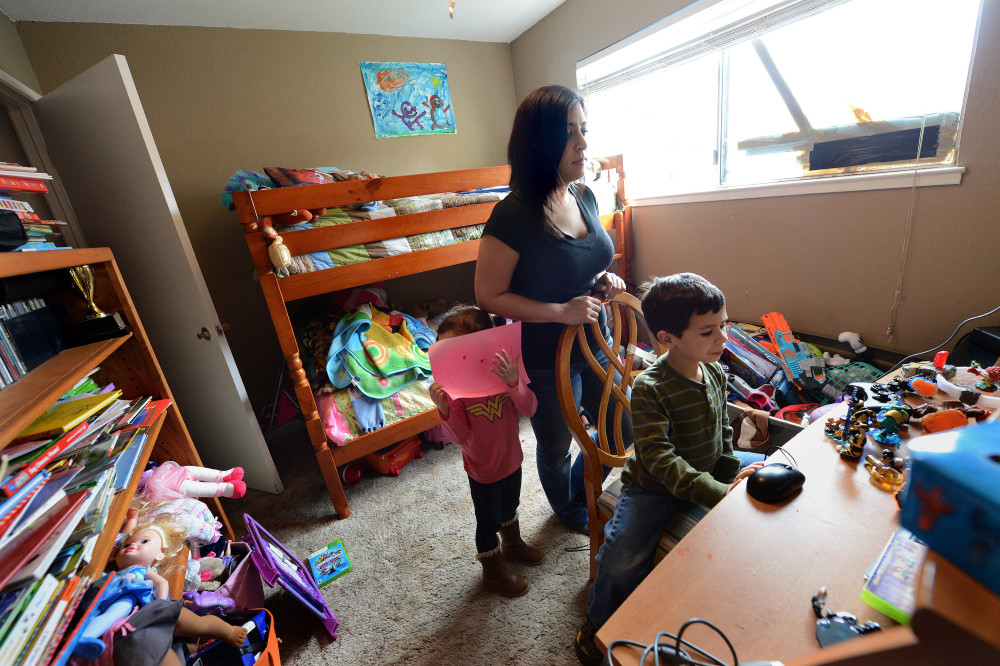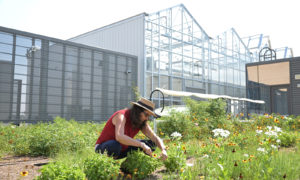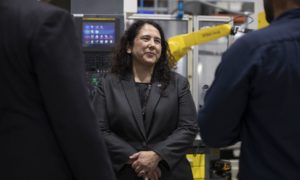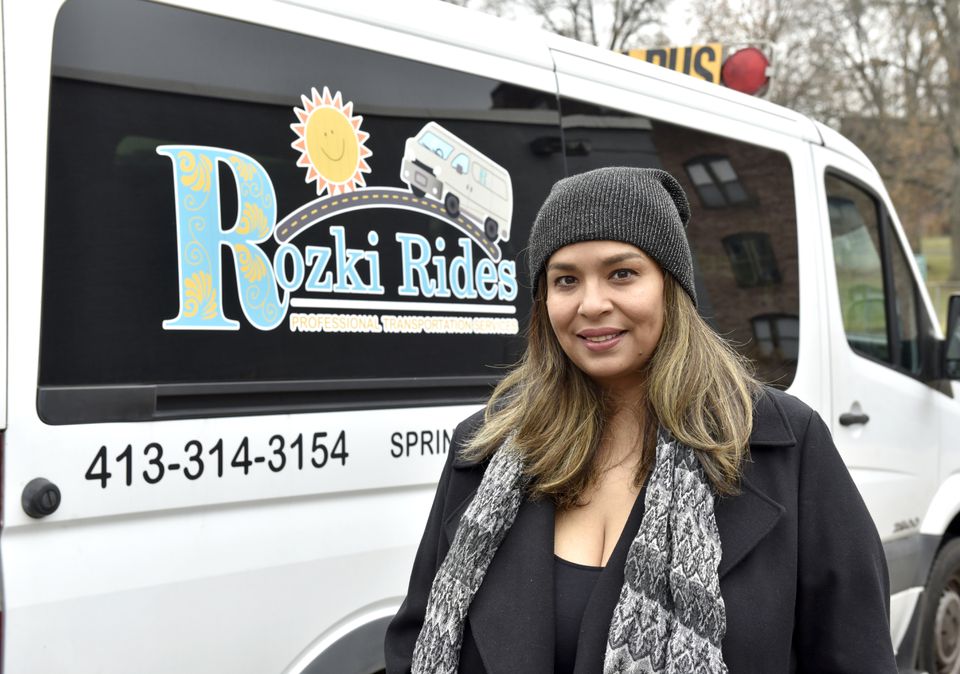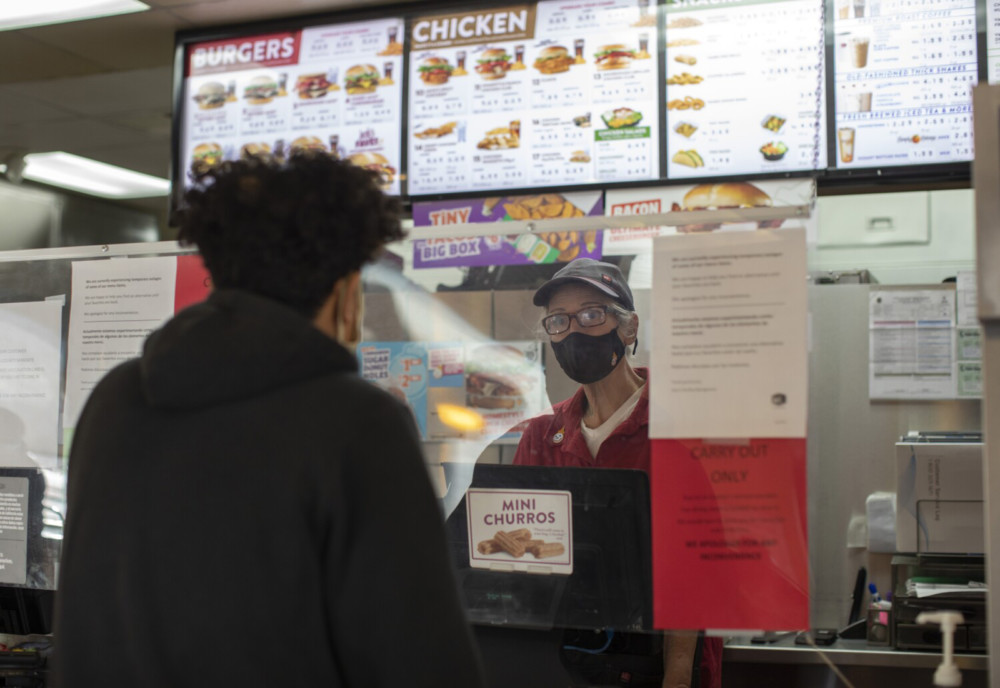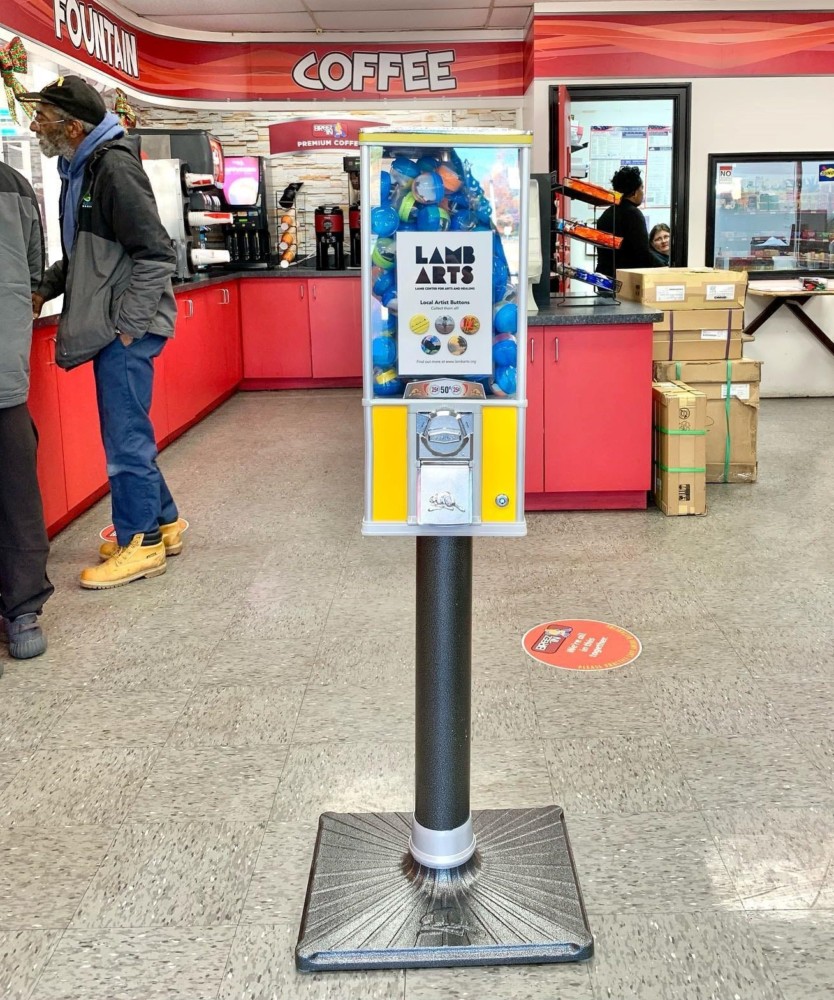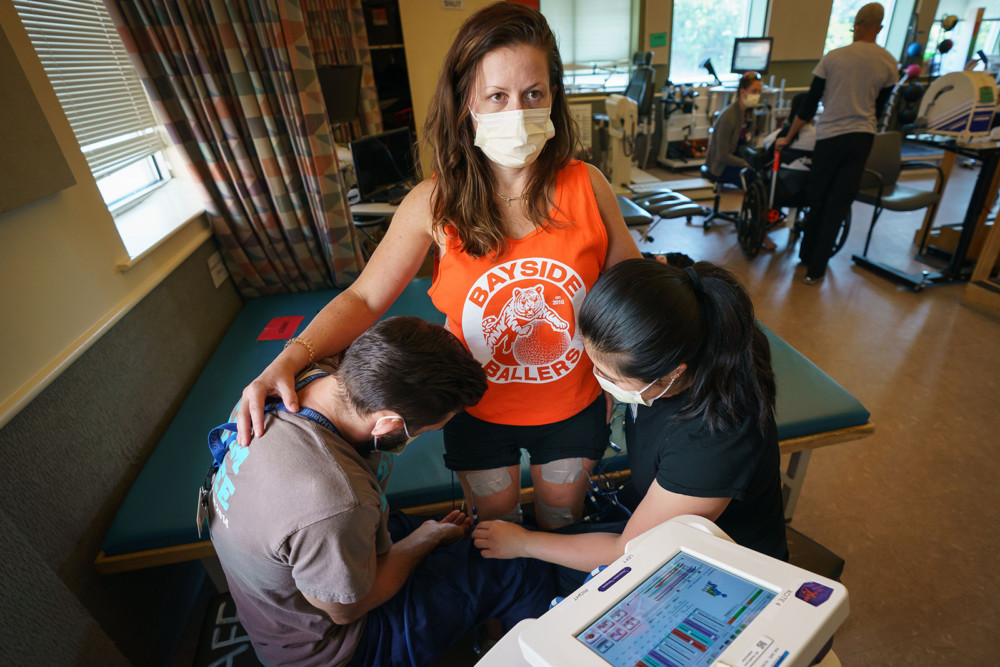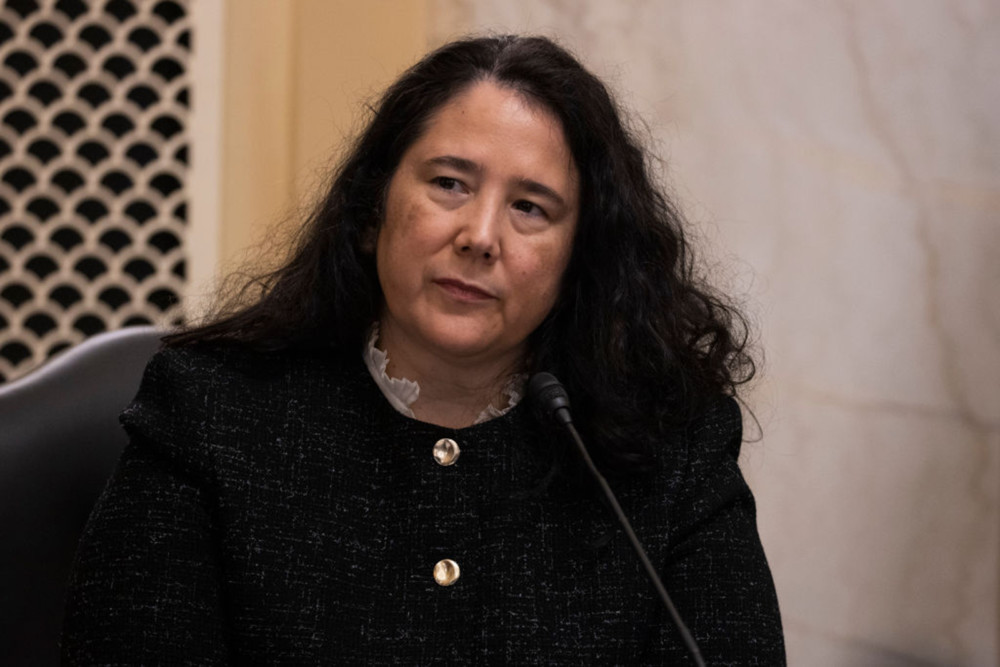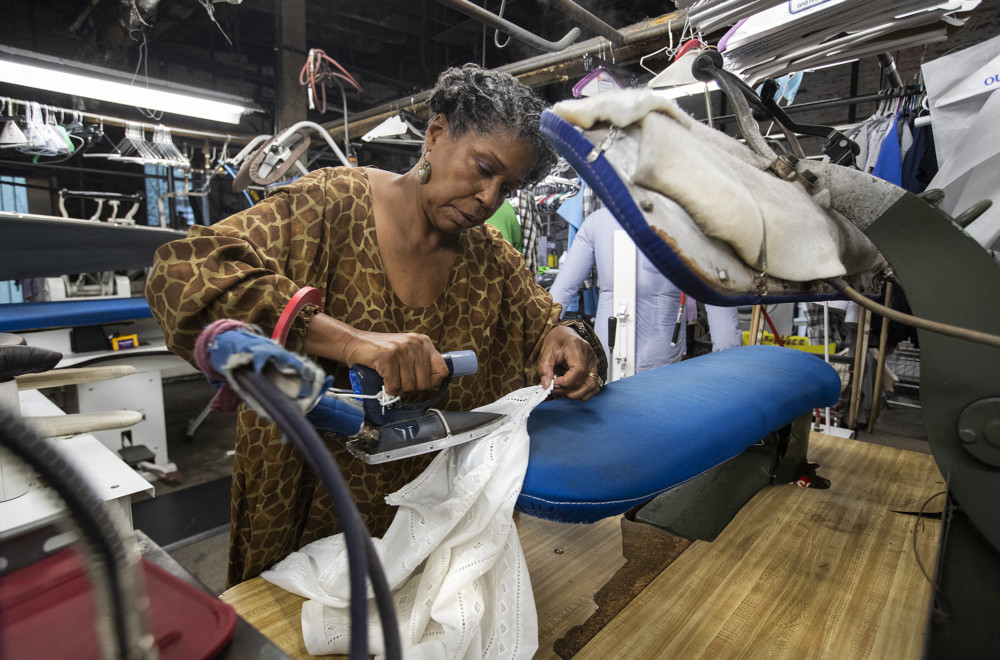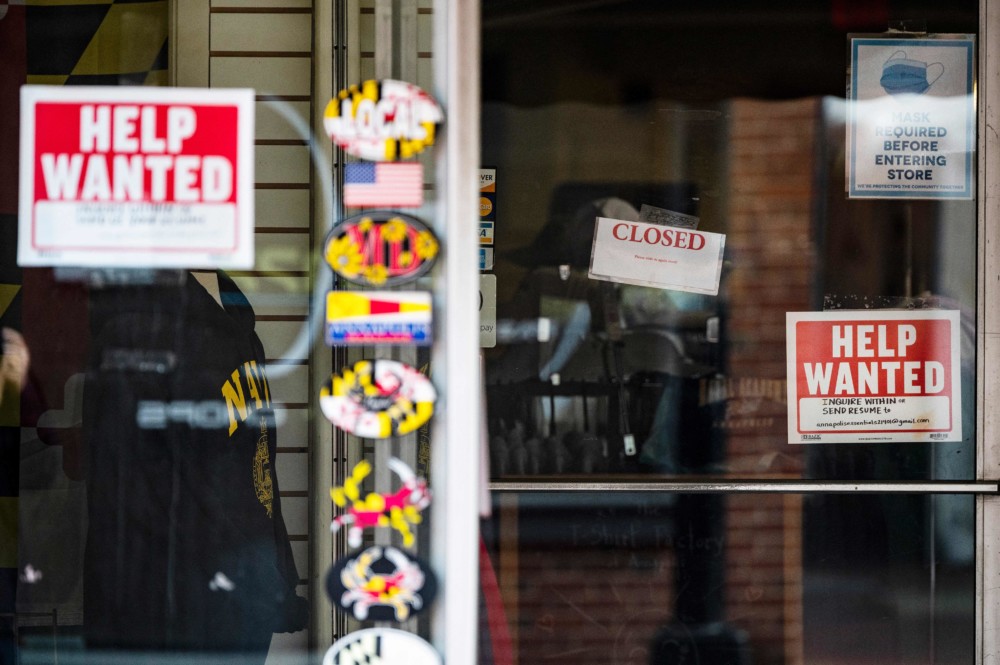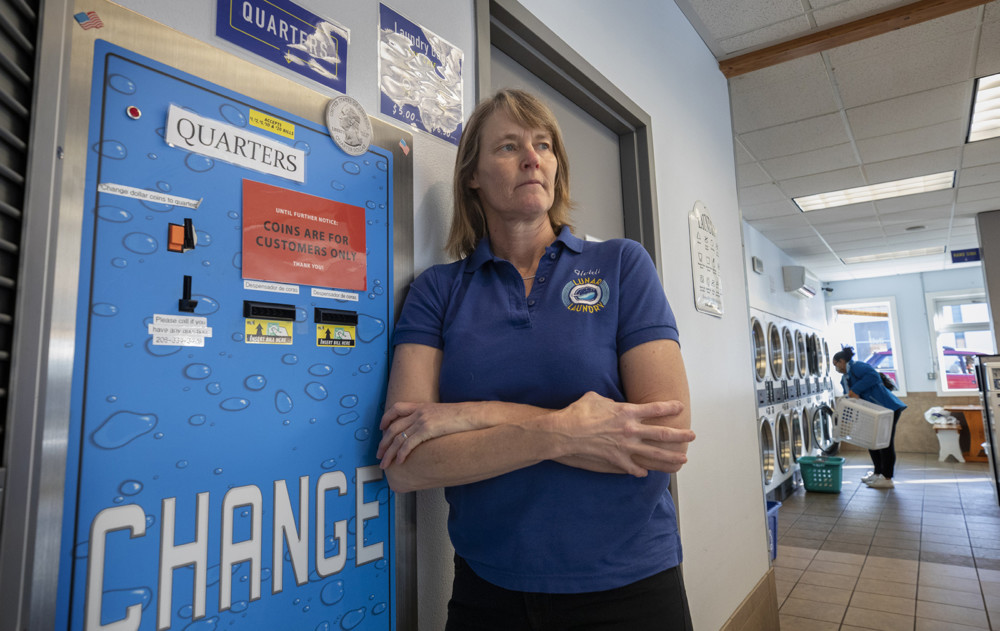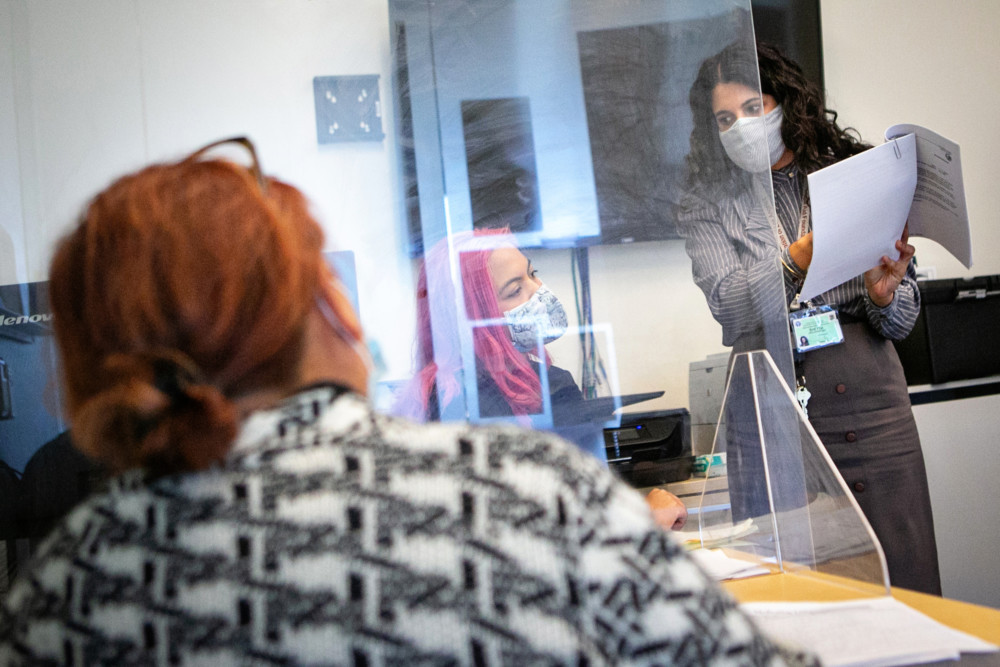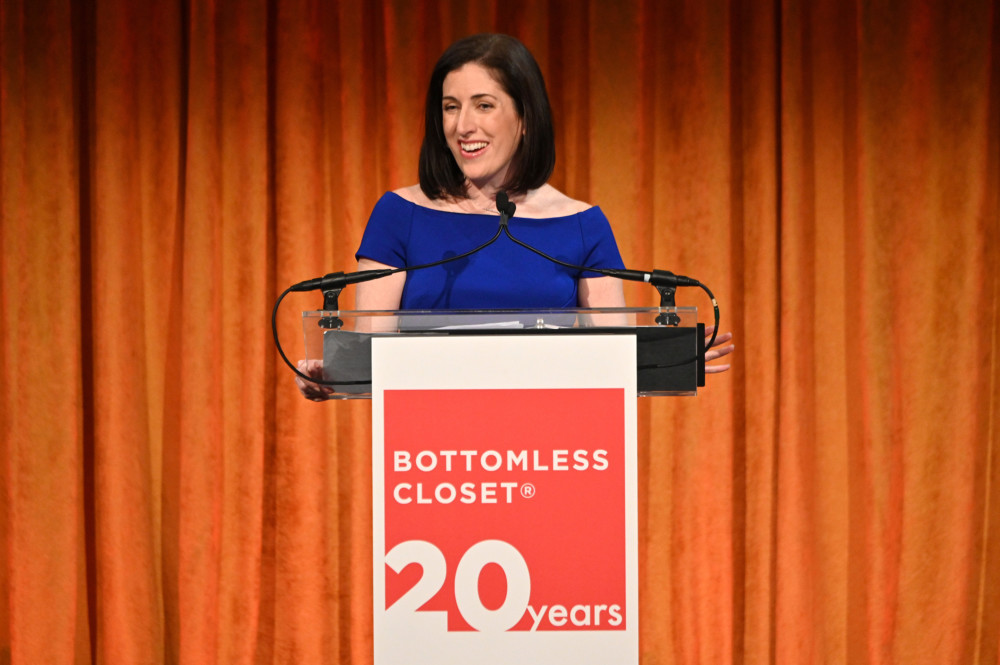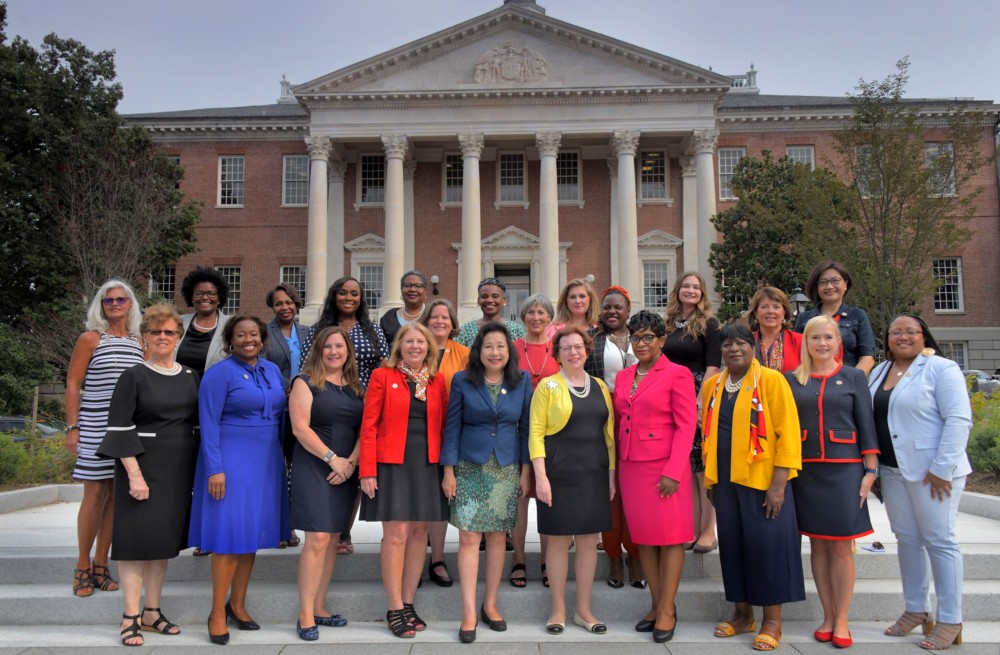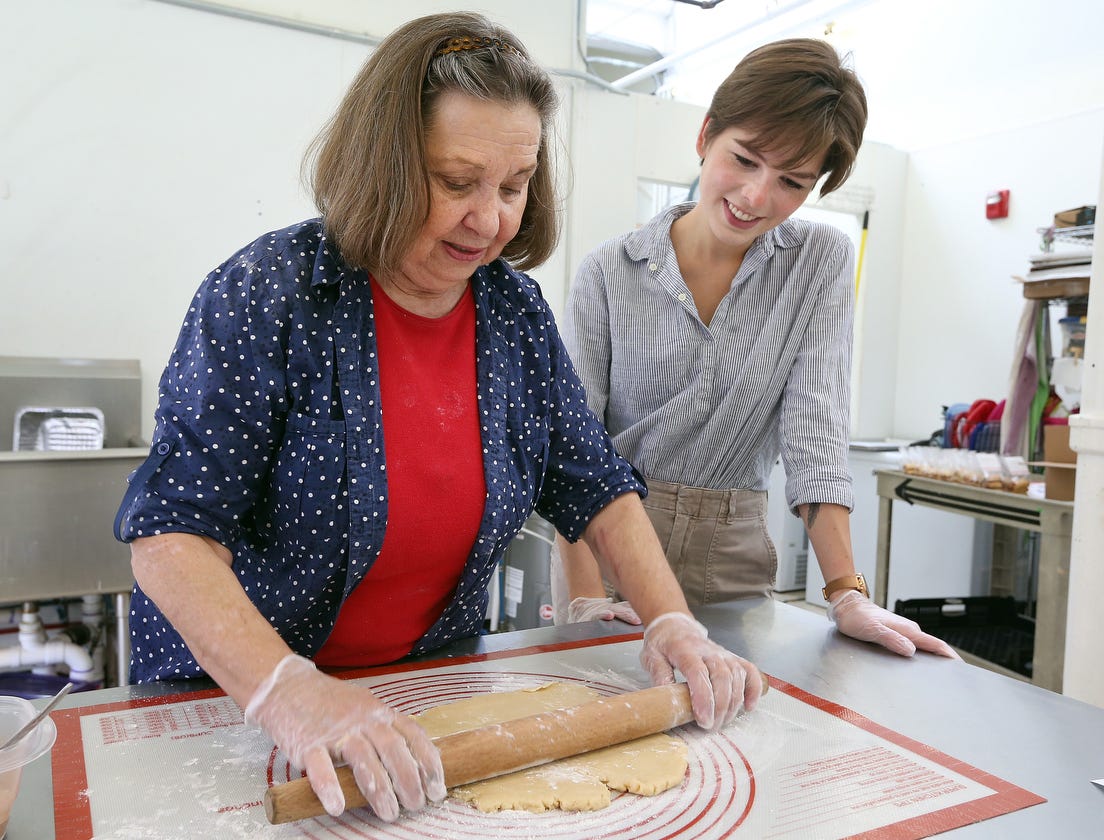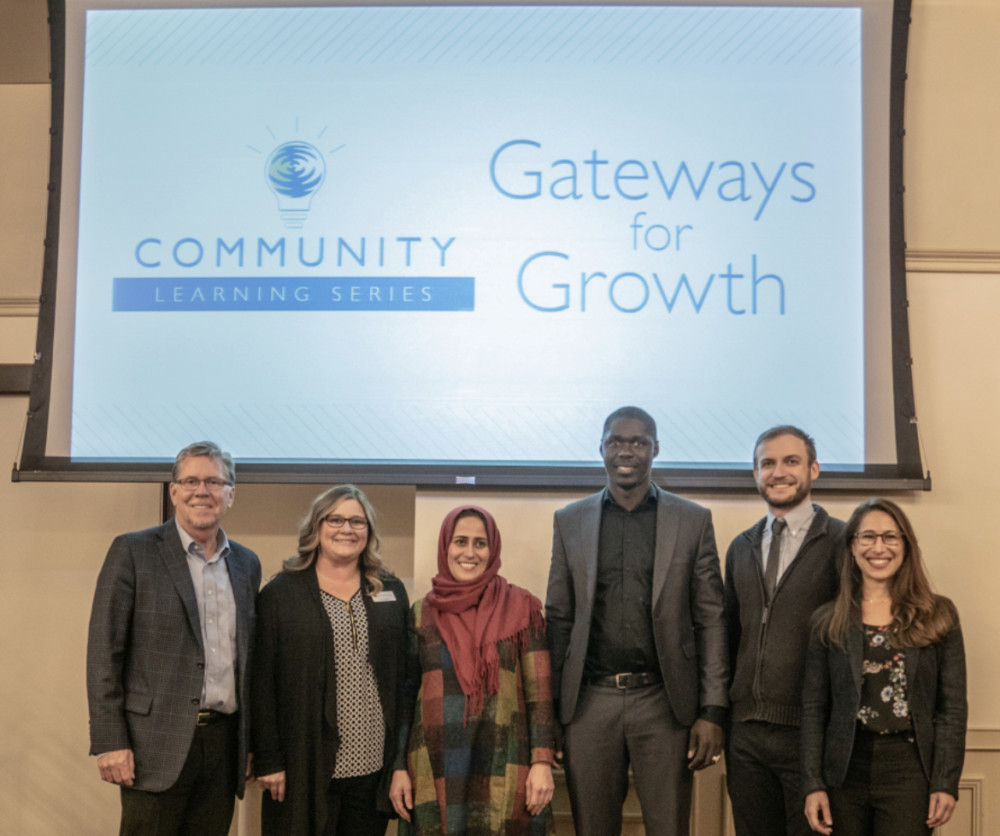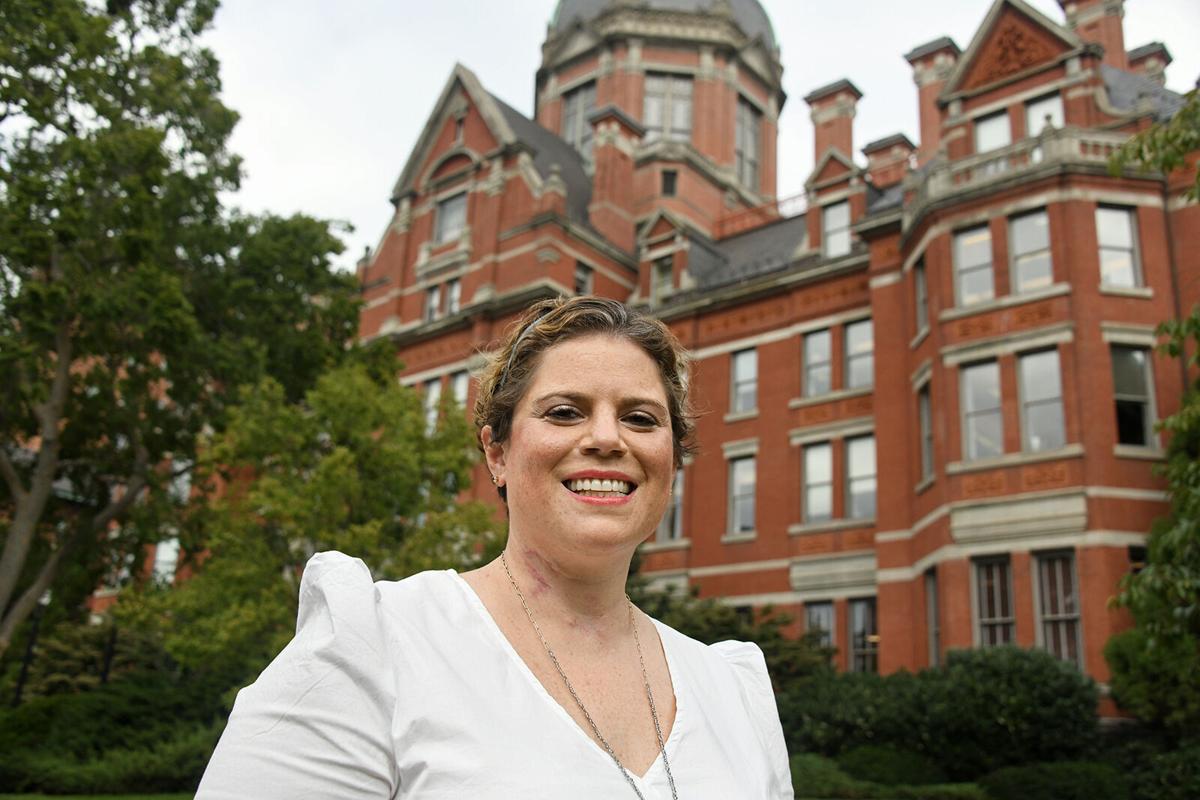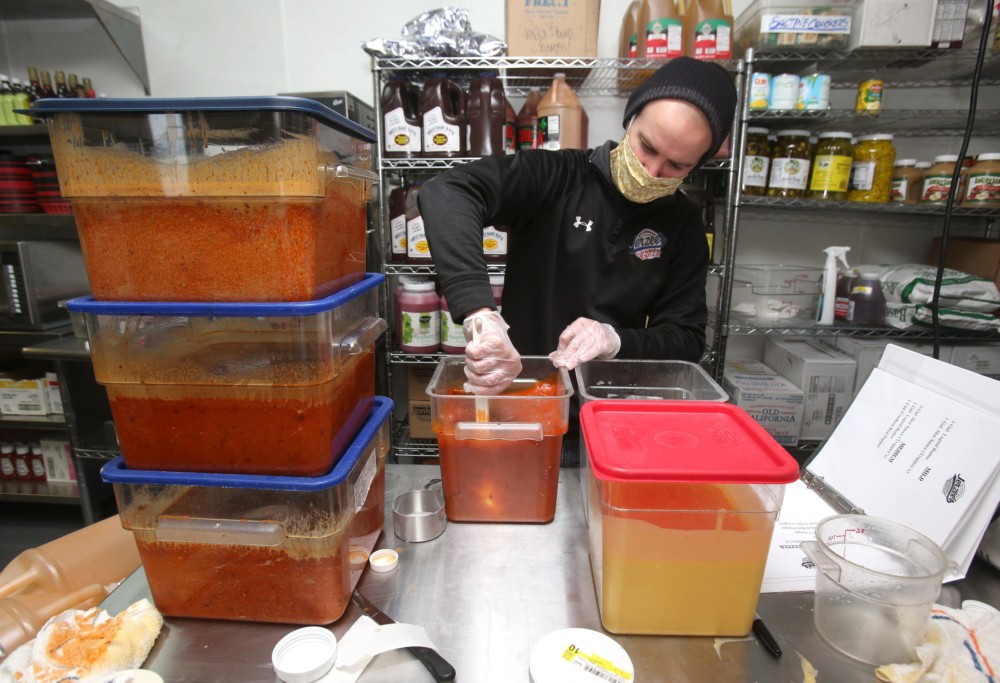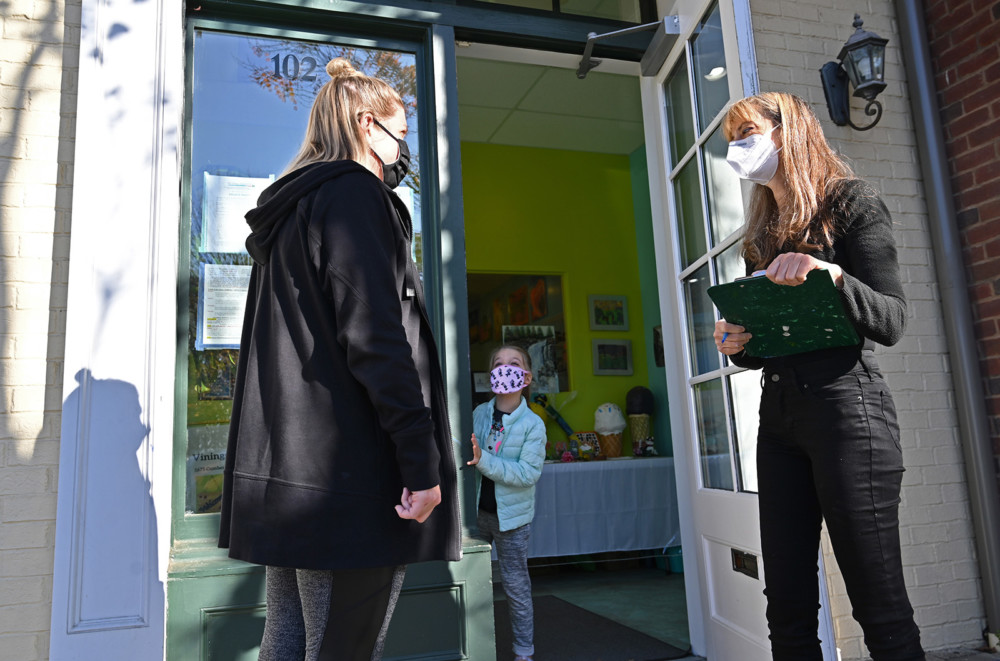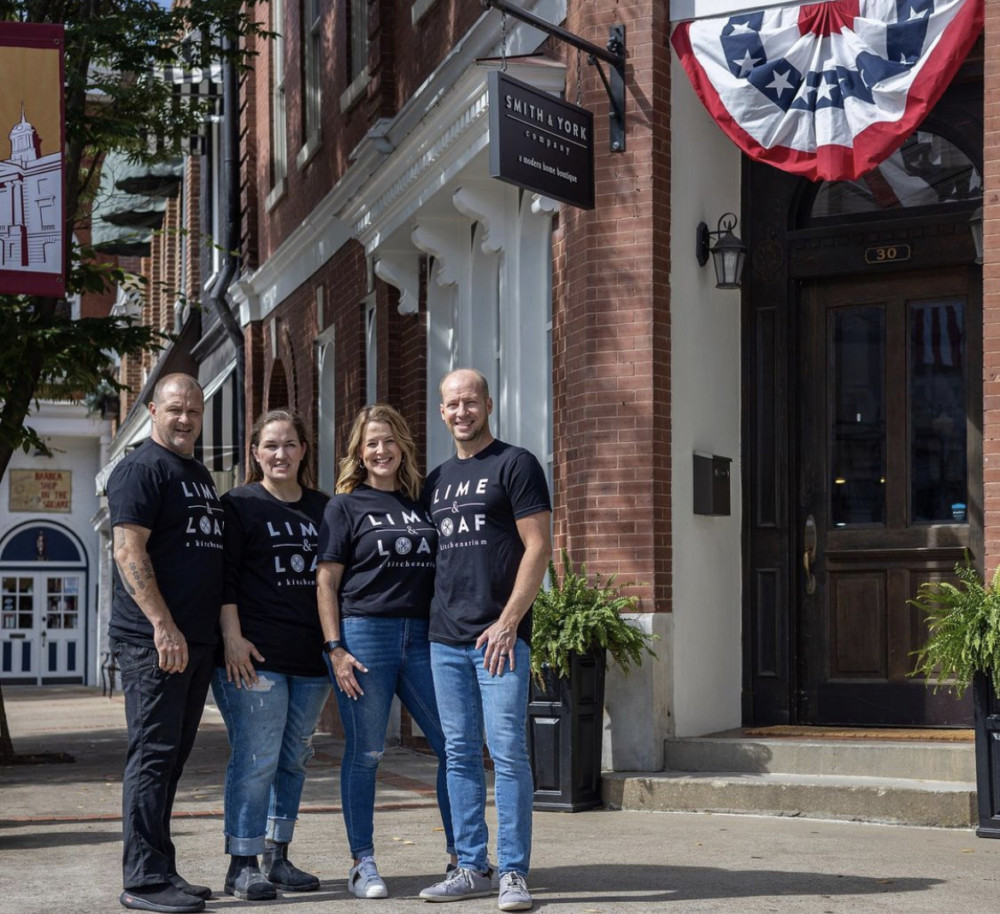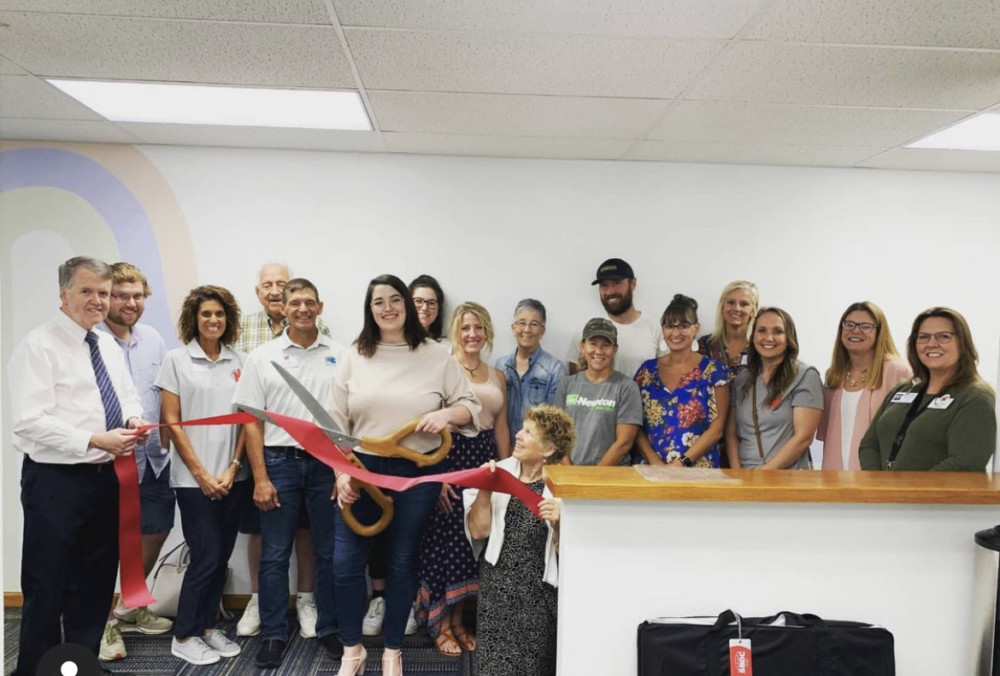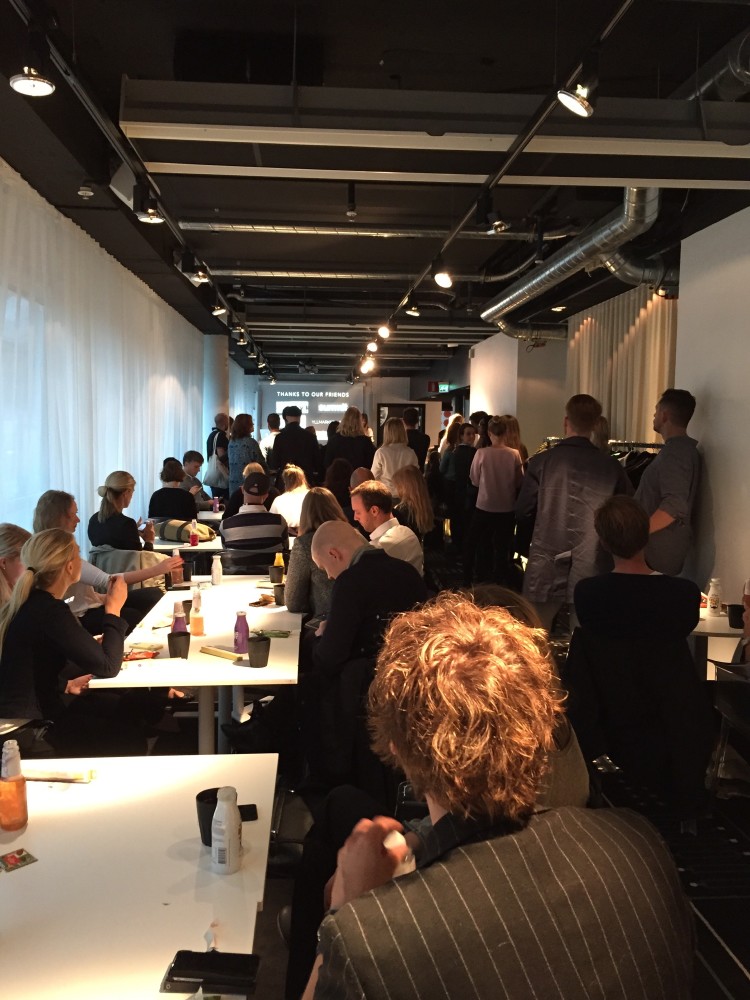By Jeremy Thomas
Contra Costa Times.
LIVERMORE, Calif.
The cold, hard reality of skyrocketing Bay Area housing prices hit Brittany Baker when, returning to Livermore after six years in Kansas, she discovered she couldn’t afford a place of her own in the city where she grew up.
Although the 29-year-old mother of two works full time, for the past two years she and her children have lived with her mother and stepfather in a 1,100-square-foot, three-bedroom home.
Baker, and many like her, represent the collateral damage of the booming, tech-fueled economy, hard-working people who have found themselves at the wrong end of the widening income gap.
Nowhere is their plight more apparent than in the bedroom communities of the Bay Area, places now more desirable because of their close commuting distance to Silicon Valley and San Francisco. One such region is the East Bay’s Tri-Valley, home both to tony towns like Danville and San Ramon and more diverse burgs like Livermore and Dublin, where the middle class once thrived but now struggles.
Baker, who makes $45,000 a year as an insurance adjuster, spends half her income on day care and has grown discouraged by the long waiting lists for affordable housing.
“It’s frustrating to be working your butt off and not have anything to show for it,” Baker said. “It’s hard being surrounded by so many people who are well-off. It makes it more frustrating to see it in your face.”
Housing costs are at unprecedented levels in the Tri-Valley as high-earners from Silicon Valley and San Francisco trickle here in search of good neighborhoods and high-achieving schools. For those whose incomes haven’t kept pace, the migration has pushed them from middle class to working poor. Many are struggling to keep a roof over their heads and food on the table.
“The biggest misconception is that everybody here has money and is doing well, but it’s just not true,” said Linda McKeever, who runs the food pantry Open Heart Kitchen in Livermore. “People who have lived here their whole lives have fallen into poverty.”
Average Tri-Valley rents have risen 12.1 percent in the past year, outpacing rental increases across the entire greater Bay Area, which went up 11.3 percent over the same time period, according to real Answers, a Novato-based real estate consultant.
In the Tri-Valley, a family of four must bring in more than $67,600 to rise above the level of “low income,” using the state’s metrics.
With average monthly rents hovering above $2,100, families whose incomes haven’t kept pace with the cost of housing are spending 30 to 50 percent or more of their take-home pay on shelter. For comparison with surrounding areas, average rents are $2,063 in Fremont, $1,995 in Walnut Creek, $1,624 in Hayward, $1,585 in Castro Valley and $1,507 in Concord.
Laverne Bishop, who determines eligibility for the Alameda County Department of Social Services, says she’s increasingly forced to turn down working families for benefits because their incomes are above federal poverty guidelines but aren’t enough to get by in the Bay Area.
“The demand for housing and food is out of control,” Bishop said. “It makes me angry because here are people with a legitimate need, and I can’t help them.”
With the social safety net unraveling for suburban families, churches and nonprofits such as Tri-Valley Haven, which operates a food pantry and provides services for the homeless, are attempting to fill the gap.
“Poverty is almost invisible here,” said Tri-Valley Haven Director Ann King. “There’s a lot of people out there who were doing well, living the American Dream, and now they’re staving off homelessness … The need is growing, and it’s big.”
The need was evident over the holidays when more than 900 Tri-Valley families, about 4,000 people, signed up for free groceries, King said. The food pantry received 8,000 visitors in the past year, making it the largest and busiest in the Tri-Valley.
“Going to a food pantry is now a middle-class activity,” King said. “People are trying to keep the most important emergency need they have to pay for, housing for the family.”
Last year, Open Heart Kitchen served 300,000 meals to people in the Tri-Valley, up from 181,000 in 2009. A majority of the clients, McKeever said, are people with jobs.
In 2013, Justin and Megan Phillips and their three children moved out of their $1,600-a-month, three-bedroom house in Livermore to their grandparents’ home to help out Justin’s ailing grandmother. Megan was working as a veterinary technician, but all her income went to day care, so she quit. A Navy veteran with a master’s degree, Justin, 34, was making $65,000 a year at a nonprofit in San Mateo.
But after Justin’s grandmother died in October, the family needed to sell the house to pay for medical care for his grandfather. In the two years his family lived in the home, rents on similar-sized homes in the area had doubled, to more than $3,000 a month.
“I was floored,” Justin said. “We’re a very hardworking family. I did all the right things. I went into the military … I had to take out student loans to go to college, and finally got a master’s degree, yet we’re like at the poverty line here.”
They considered moving to Brentwood in East Contra Costa County, where housing is cheaper because of the greater distance from job centers, before “hitting the jackpot,” a Habitat for Humanity program for veteran families that could allow them to purchase a refurbished home in Livermore for $120,000 less than its $550,000 market value, with no down payment and a zero-interest loan. While they await final approval, Justin says there’s no way his family would be able to stick around without it.
Bishop, a single mother of four with two teenage boys at home, says she is feeling the pinch, too. Even at her $49,000 annual salary, she struggles to pay $1,475 a month for her government-subsidized three-bedroom townhouse in Livermore, where she was recently told by her landlord that she’s making too much to stay.
Bishop clips coupons, visits food pantries, buys groceries at discount stores, and on most days, her sons skip lunch at school. She recently had to tell the boys they’d have to give away her son’s therapy dog because she wouldn’t be able to afford the pet rent if they moved.
“(Property owners) are just thinking of Silicon Valley and the people making six figures and don’t think about the rest of us,” she said. “You’re either in technology or upper management or you’re the working poor. I don’t think it’s anything in between.”
Median sales prices leaped 26.7 percent in San Francisco County and 20.9 percent in Santa Clara County over the past two years, according to real estate analyst CoreLogic DataQuick. The sharply rising costs in the Bay Area’s core tech centers helped drive demand to outlying areas such as the Tri-Valley, where median housing prices climbed 24.2 percent over the same time period, according to David Stark, spokesman for the Bay East Association of Realtors.
The largest increase was in historically more affordable Livermore, which saw a 40.9 percent jump. Median home prices range from $633,375 in Livermore to $1.1 million in Danville. Stark said the area is seeing a steady stream of buyers coming not only from Silicon Valley but other parts of Alameda County.
Real estate insiders say it is not surprising people are heading to outlying areas. But determining the magnitude of the shift is difficult, said Chris Isaacson, president of the Silicon Valley Association of Realtors and a Woodside real estate agent.
“With the market as tight as it is here, it’s really not surprising that people are going to start looking elsewhere for what they need,” Isaacson said.
buy priligy generic buy priligy online no prescription
“Everybody needs a place to live, and if they can’t find it here, they’re going to go somewhere else, and that puts the pressure on that market.”
The competition is devastating to longtime Tri-Valley residents such as Alexandra Perez, a nutrition specialist and full-time student at San Francisco State, who’s had to move three times in the past several years because her rent increased.
She and her two teenage sons recently found an apartment in Pleasanton, which she’s only able to afford through a housing-assistance program for students.
“It’s like you’re shut out; below market rate isn’t affordable,” she said.
Pleasanton resident Gabriel Perez and his wife, Teresa, bought their home in 2003 under a first-time homebuyer program. Gabriel, who immigrated to the United States as a teenager, works north of Sacramento, where he spends four days a week away from his wife and son, earning $45,000 a year making putty for medical use. Teresa brings in about $25,000 annually cleaning houses.
But he says the sacrifice is worth it.
“I know it’s expensive, but I like the schools,” Gabriel said. “So far, I think it’s the best thing I’ve done for my kids. … We don’t have too much money to buy stuff for them, but that’s the only way we could support a good education and get something better for them.”



